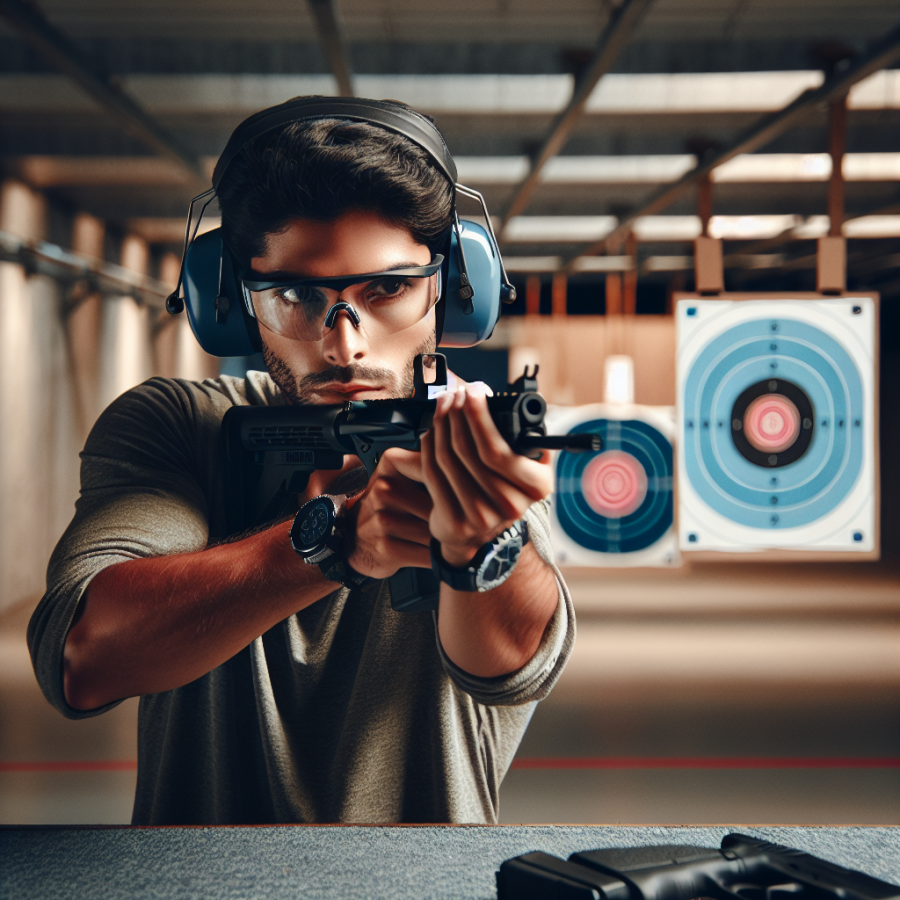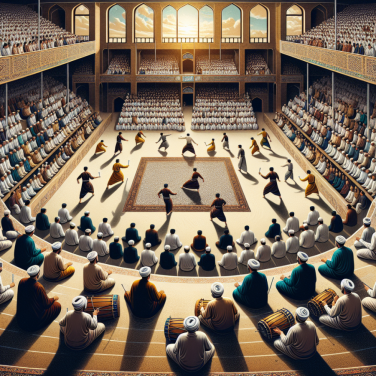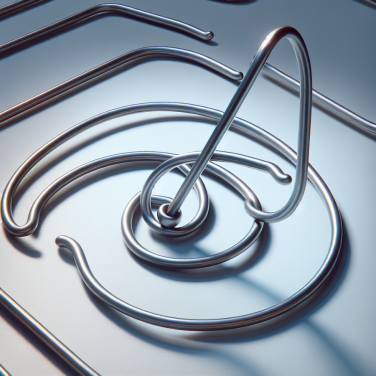Advanced Aiming Strategies: Maximizing Focus for Bullseye Precision
Advanced aiming strategies are crucial for bullseye shooters who aim to achieve the highest level of precision in their sport. Mastering the fine art of aiming not only involves the mechanical aspects of aligning sights but also demands a keen focus on several psychological and physiological factors that could affect performance. Here's an in-depth look at techniques that can help sharpen shooters' focus, thereby enhancing their ability to hit the bullseye with greater consistency.
**Mental Visualization**: One of the most powerful tools for any athlete is mental visualization, and this holds true for bullseye shooters as well. Prior to pulling the trigger, shooters should engage in a detailed visualization of the shot process. Imagine the sight alignment, the pressure on the trigger, and the bullet traveling towards the target to penetrate precisely at the bullseye. This mental rehearsal builds neural pathways that can contribute to muscle memory and enhance actual performance.
**Breathing Techniques**: Controlled breathing is fundamental to aiming and shooting accuracy. Practitioners should adopt a breathing pattern that allows them to shoot at the most stable moment between breaths. Many shooters find their natural respiratory pause – the brief period of natural rest at the end of an exhale – to be the perfect moment to make the shot. By focusing on maintaining a consistent breathing pattern, shooters can minimize movement and maximize stability.
**Muscle Relaxation**: Unnecessary muscle tension can interfere with the ability to maintain a steady aim. Progressive muscle relaxation techniques can be beneficial where shooters systematically tense and then relax different muscle groups. By learning to recognize and release tension, a shooter's stance and hold on the weapon will remain as still as possible, ensuring that the only movement is the intentional press of the trigger.
**Eye Fatigue Management**: Maintaining focus on the sights and target for extended periods can lead to eye strain and fatigue, which in turn reduces aiming precision. Shooters are advised to practice good eye health by taking breaks, using techniques to relax the eye muscles, and doing exercises that can improve focus and reduce strain. One such exercise is the "20-20-20 rule," where every 20 minutes, you look at something 20 feet away for at least 20 seconds.
**Sight Picture Consistency**: The sight picture—how the sights are aligned with the target—must be consistent with every shot. This requires a shooter to develop a keen eye for detail and an understanding of their own visual perception when aligning the sights.
Read also:
Soccer Cleats Flexibility: Can They Stretch for Comfort?
Honing Your Stance and Grip: The Foundation for Bullseye Accuracy
Honing your stance and grip is akin to setting the cornerstone for a building; it is the foundation upon which bullseye accuracy is built. Both new shooters and seasoned marksmen must give due consideration to these fundamentals to consistently achieve precision in their shots.
Your stance should provide a stable platform for your shooting. The two common stances adopted in precision shooting are the Isosceles and the Weaver stance. The Isosceles stance involves standing with feet shoulder-width apart, with your body and gun pointed directly at the target, forming an isosceles triangle with your arms. This stance promotes stability and equal distribution of weight. The Weaver stance, however, incorporates a more bladed body position with the non-dominant foot forward. It allows for easier recoil management through a push-pull tension in the arms.
Beyond the stance, foot positioning plays a critical role. The feet should be firmly planted on the ground to avoid swaying. The weight distribution should be balanced or slightly forward to maintain a consistent position throughout the act of firing. Remember, even minor inconsistencies in your posture can significantly affect your shot’s trajectory.
As for grip, a proper one allows for control of the firearm and plays a vial part in the management of recoil. A dominant hand should grip the handgun firmly but without undue tension that could induce tremors. The support hand then wraps around the dominant, ensuring the thumbs do not cross onto the slide or cylinder of the firearm, to avoid any injury or malfunction when the gun cycles after each shot.
An ideal grip is high on the gun’s backstrap, minimizing the space between the webbing of the hand and the firearm. This high grip aids in controlling muzzle flip and promotes a quicker return to the target for subsequent shots. Consistent grip pressure is crucial, and both hands should contribute equally, creating a feeling as if you are squeezing a pair of pliers rather than just clenching a fist.
Trigger control is also an integral part of grip and overall precision. The trigger should be pulled straight back with the pad of the fingertip, avoiding any lateral force that could push the firearm off target. It is critical to develop a smooth trigger pull that does not disturb the sights' alignment with the target at the moment of firing – this is often referred to as the 'surprise break'.
Through dry firing, where one practices the mechanics of shooting without live ammunition, you can refine your stance and grip without the distractions of recoil and noise.




